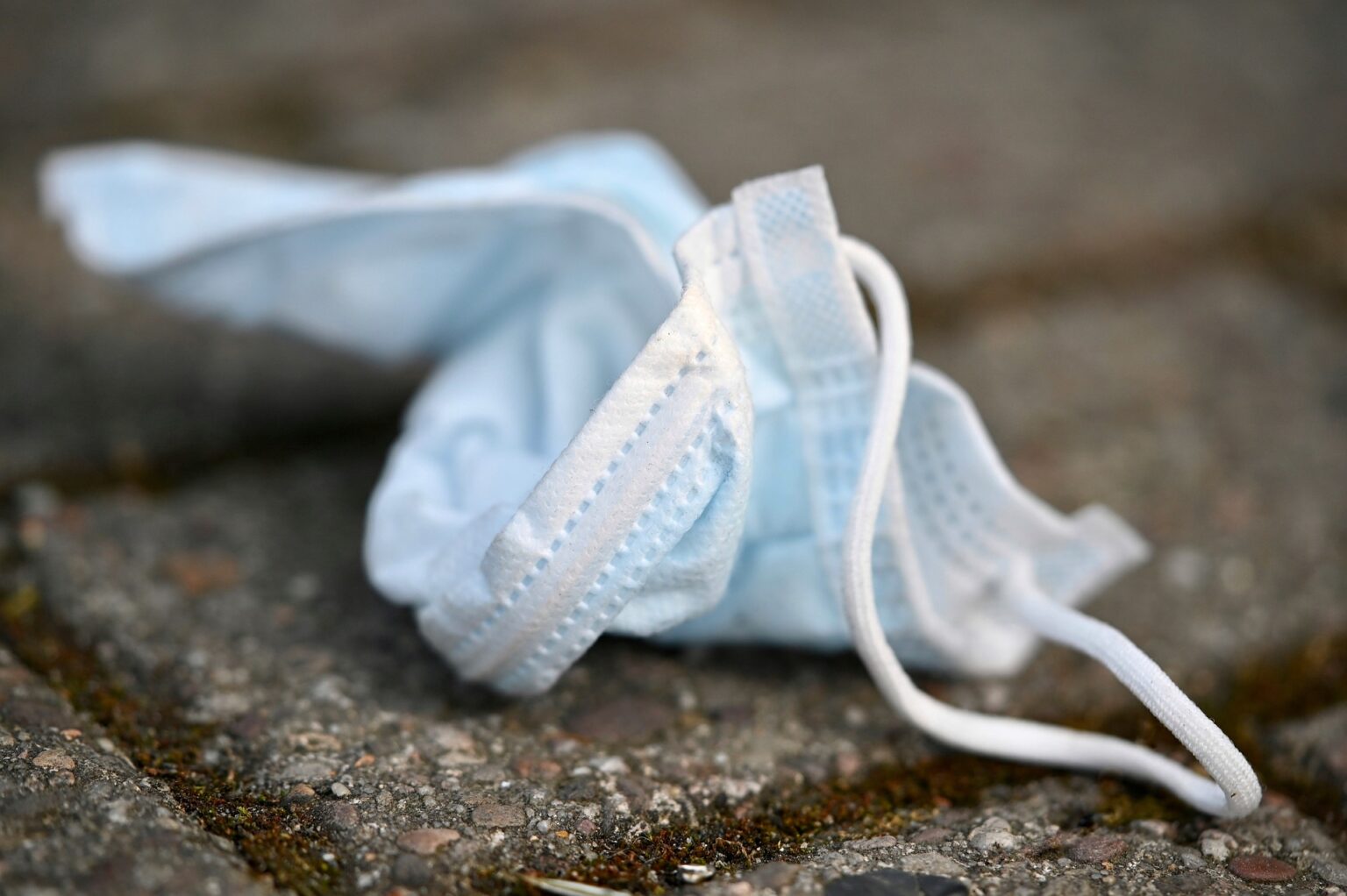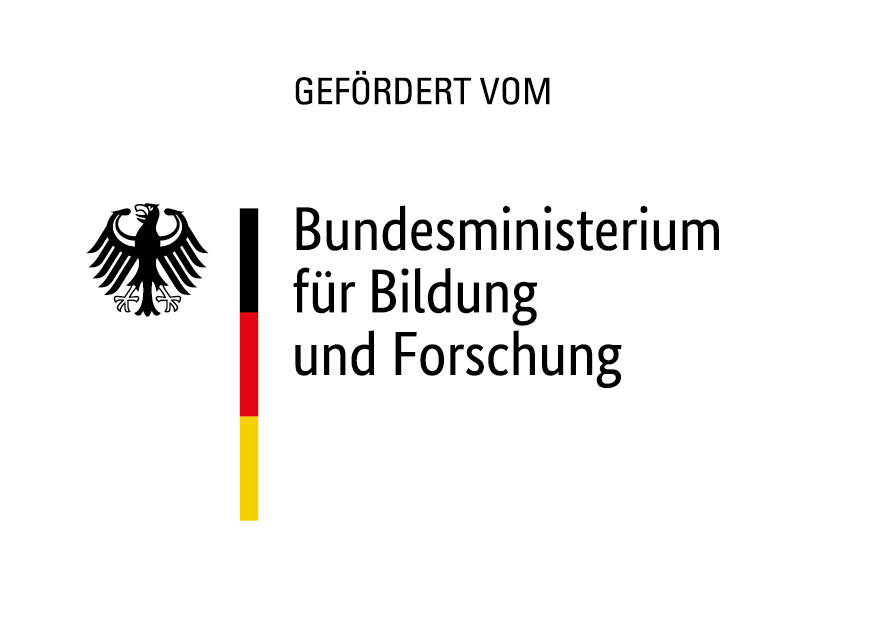Following an initial statement in September on the further course of the SARS-CoV-2 pandemic in the fall and winter of 2022/2023, the Modeling Network for Major Infectious Diseases (MONID) has now published a second statement. In line with the current debate, the second statement contains new model results on the possible effects of lifting the isolation requirement and abolishing the obligation to wear masks on public transport. In addition to COVID-19, other serious respiratory infections are also taken into account, which are currently resulting in a greatly increased incidence of hospital admissions in Germany.
The modeling network for severe infectious diseases is a network of seven modeling consortia funded by the BMBF, which has been in existence since May 2022. The network has formed a steering committee that harmonizes and communicates models from the consortia that relate to current issues.
In this statement, we provide a brief overview of the current situation and point out three current areas of concern and action: (1) the tense situation in children’s hospitals, (2) the possible effects of lifting the isolation requirement and (3) the possible effects of lifting the mask requirement on public transport. We also report on findings from corresponding model simulations with regard to points (2) and (3).
Current situation
RKI surveillance shows a sharp increase in the incidence of hospital admissions due to severe acute respiratory infections (SARI) in the current season compared to the pre-pandemic years. However, the incidences for adults in calendar week 48 are still below the peak of the most severe flu epidemic in recent years in 2017/18 (at that time, as usual, at the beginning of a calendar year). For the age groups 0 to 4 years and 5 to 14 years, on the other hand, hospital incidences of respiratory infections are currently reported to be higher than the peaks even in the pre-pandemic years(https://influenza.rki.de/Wochenberichte/2022_2023/2022-48.pdf). Due to this high workload and an acute shortage of staff in children’s hospitals, the care situation for children with SARI is currently limited(https://www.intensivregister.de/#/aktuelle-lage/zeitreihen).
Against this background, members of the modeling network carried out model simulations in which the effects of the abolition of the isolation and mask requirement on the infection dynamics of SARS-CoV-2 were investigated. Without the lifting of these measures, the current model predictions assume an increase in the number of infections with a peak at the turn of the year as the BQ.1.1 subline spreads, although the peak of the measured incidence is expected to be below the peak of the BA.5 wave (June/July).
Effects of lifting the isolation requirement in the presence of SARS-CoV-2 infection
The simulation results show that the isolation of people with a proven SARS-CoV-2 infection continues to be an effective measure to reduce the number of infections. In the comparison of two extreme scenarios “all persons with symptomatic SARS-CoV-2 infections are detected and isolated” vs. “no infected person isolates themselves”, up to twice as many (proven) infections and hospitalizations due to SARS-CoV-2 occurred. However, it can be assumed that in a more realistic scenario, in which (a) only some of the infected persons are detected and (b) a certain proportion of infected persons remain at home even without mandatory isolation (e.g. due to symptoms or out of self-responsibility and responsibility for others), the abolition of mandatory isolation would have a significantly lower effect on the incidence of infection with SARS-CoV-2 in the population as a whole. Assuming that 10% fewer infectious persons isolate themselves with the abolition of the isolation requirement, there would be around 5-10% more infections/hospitalizations at the peak of the epidemic.
However, the effects could be much more pronounced in certain population groups, e.g. in precarious employment or in areas where losses cannot be easily compensated. If there is considerable pressure to go to work despite symptoms or a known infection, this leads to increased chains of infection in the workplace, which can ultimately result in increased staff absenteeism. Particularly in workplaces with many contacts, as well as in the elderly care and healthcare system, an increased incidence of infection resulting from this could lead to a relevant increase in the burden of disease.
Effects of lifting the mask requirement on public transport
Even if masks are no longer mandatory, the simulation results show an increase in the number of cases and hospitalizations due to SARS-CoV-2 infections. The effects depend heavily on how large the proportion of the population is that would continue to wear masks on public transport after the abolition of the obligation. It is important to bear in mind that the effects of isolation and wearing a mask reinforce each other: The elimination of the isolation requirement would also mean that more potentially infectious people would use public transport, meaning that a mask requirement could prevent more transmissions in this case than in a scenario with an isolation requirement. There is also a risk of increased transmission of other infectious agents. As the use of public transport differs from region to region (e.g. larger cities vs. rural areas), the lifting of this measure could also have different effects on the incidence of infection from region to region.
Summary
In summary, the results of our model calculations suggest that lifting the isolation and mask requirement would increase the burden of disease and the burden of SARS-CoV-2 on the healthcare system compared to maintaining these measures under otherwise unchanged conditions. Beyond the question of mandatory isolation, it is important that people with symptomatic infections (even if SARS-CoV-2 negative) limit their contacts.
These results should be seen in the context of the spread of other infectious respiratory diseases (which were not quantitatively modeled here), the overall burden of SARI on the healthcare system and the tense staffing situation in the healthcare system, especially in the pediatric sector. To avoid an additional burden in the current winter of 2022/2023, it makes sense to maintain the measures until spring 2023.
Experts who contributed to the creation of the document or who support the statements (in alphabetical order)
| Name | Model / compound | Affiliation |
| Bierbaum, Veronika | PROGNOSIS | Center for Evidence-based Healthcare (ZEGV), University Hospital Dresden / TU Dresden |
| Calero Valdez, André | infoXpand, OptimAgent | University of Lübeck |
| Conrad, Tim | MODUS-Covid | Zuse Institute Berlin & Math+ |
| Hasenauer, Jan | INSIDe | University of Bonn |
| Karch, André | OptimAgent, RESPINOW | Westphalian Wilhelms University of Münster |
| Kuhlmann, Alexander | OptimAgent,Coordination office | Martin Luther University Halle-Wittenberg |
| Krueger, Tyll | MOCOS, OptimAgent,SaxoCov | Wroclaw University of Science and Technology |
| Lange, Berit | RESPINOW, OptimAgent | Helmholtz Center for Infection Research |
| Loeffler, Markus | MOCOS, OptimAgent,SaxoCov | IMISE, University of Leipzig |
| Mäs, Michael | infoXpand | Karlsruhe Institute of Technology |
| Mikolajczyk, Rafael | OptimAgent,Coordination office | Martin Luther University Halle-Wittenberg |
| Mohring, Jan | EpideMSE, SEMSAI | Fraunhofer ITWM |
| Nail, Kai | MODUS-Covid, infoXpand | TU Berlin & Math+ |
| Priesemann, Viola | infoXpand, RESPINOW | Max Planck Institute for Dynamics and Self-Organization and Georg August University Göttingen |
| Schuppert, Andreas | PROGNOSIS | RWTH Aachen University / University Hospital Aachen |
| Schütte, Christof | MODUS-Covid | Zuse Institute Berlin & Math+ |


